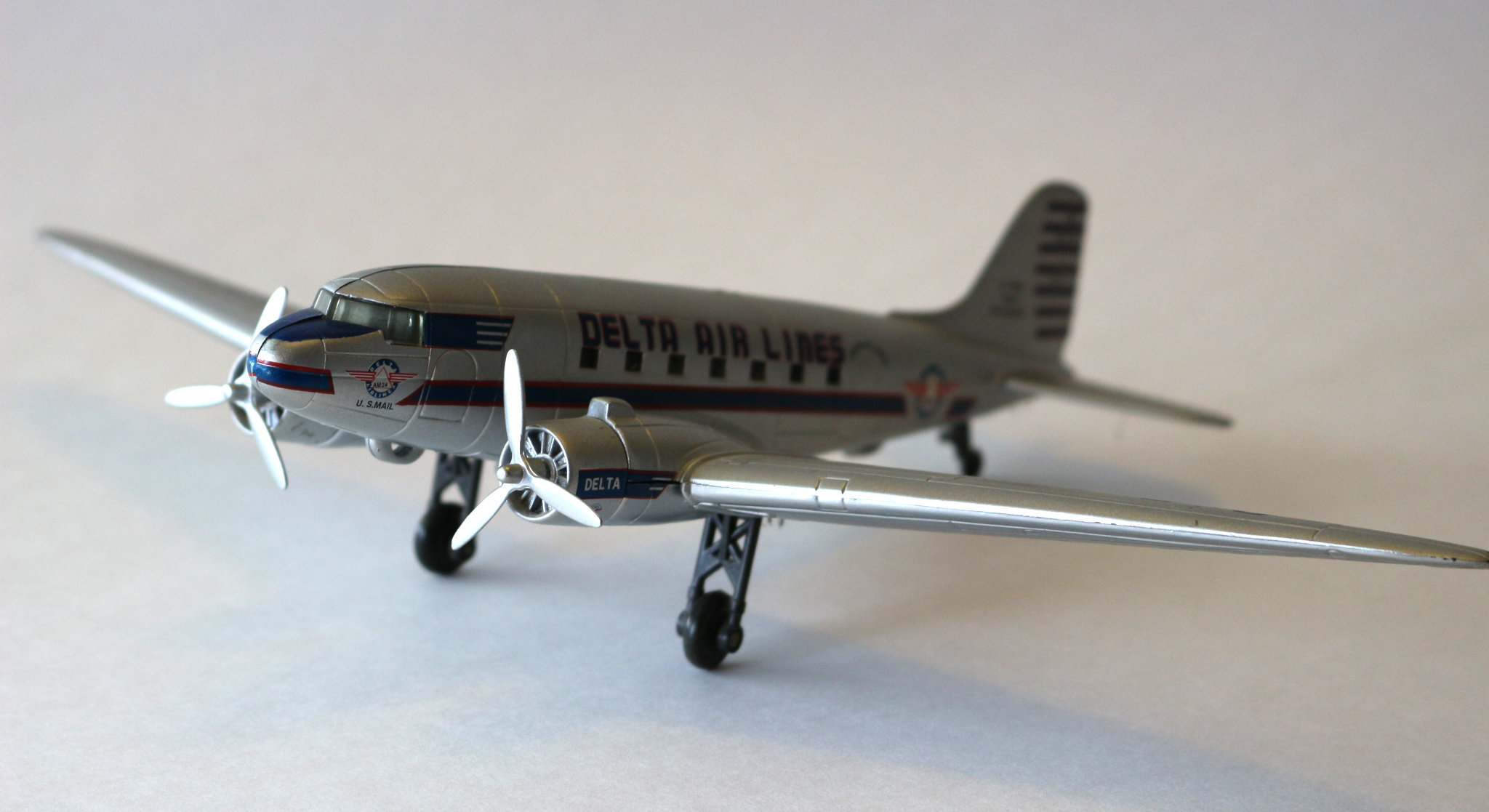DC-3 First practical (reliable, passenger-profitable) airliner – 1936 – 333 KPH cruise – 2575 KM range
NACA cowlings/airfoils, retractable gear, feathering props, blind-flying panel (all new, soon standard)
At a certain point, one must admit to being a geek. I follow a lot of serious sources for general news and critical politics, but I also regularly read into the state of aerospace research, military procurement and deployment (worrisomely revealing, about many otherwise obscure matters), pure science and economics. Just for kicks, I’m also nuts for flying in general, vintage especially – which means I read a lot about aviation, from ultra-lights and homebuilt craft to airline operations, as well as the rise and fall of the characters and corporations, designing, building and operating the beasts.
One of the more surprising things about aviation people is that, like professional musicians, they have a deep and rich tradition of specialized humour. Some of it is just plain silly, but much reflects a wry cynicism which reminds us of the old military frustrations which produced gems like SNAFU, and FUBAR, hilariously long ago.
ETOPS – officially stands for “Extended Twin-engine OPerationS.” All about flying extreme distances on only two engines. But in the industry, it is also widely known as “Engines Turn, Or Passengers Swim.”
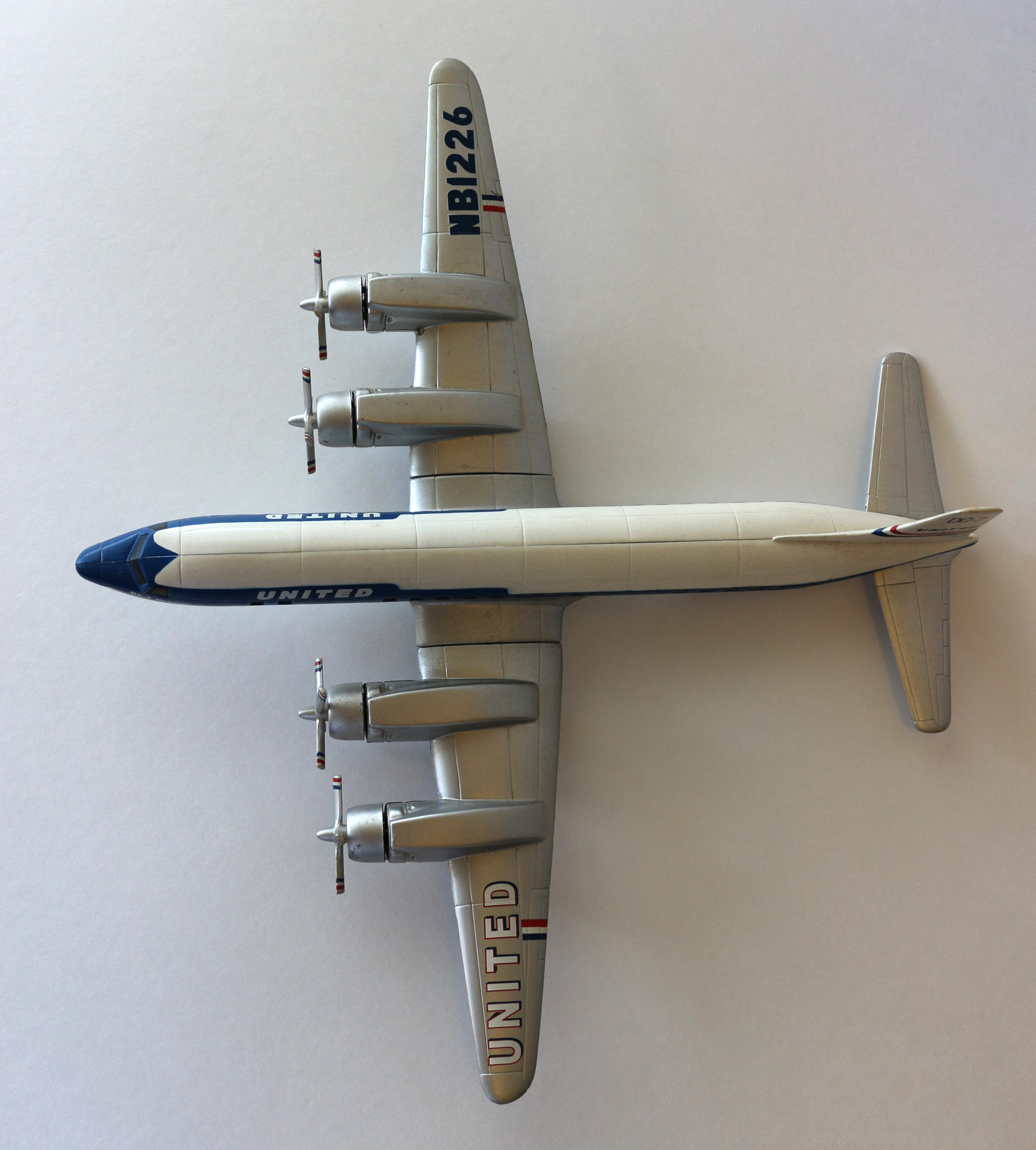
The Seven Cs Sailed – DC7C – refined and reliable late piston trans-oceanic airliner
1953 – 557 KPH cruise – 9000 KM range
There was a time not so very long ago when nothing less than a four-engined aircraft was considered safe for long-haul routes, and as the great journalist Eric Margolis recently pointed out in a column both informative about the world and hilariously personal (his epicurean specialty), even then, it wasn’t unknown for some of the early piston powered air-liners to have trouble with two engines at once while in flight, and really need the two that still worked, to successfully jump that puddle! (ocean)
The original 1953 FAA rule said that only four-engine passenger aircraft could ever be more than one hour (engine-out speed) from an emergency airport (90 min, for ICAO international rules). This meant many types had to take non-direct routes, to stay near enough to a coast or island for safe diversion, and it also made some routes entirely forbidden for twins.
Of course, jet engines are many times more reliable than piston engines have ever been – and gradually, operational standards were relaxed to reflect this, as their safety record was proven.
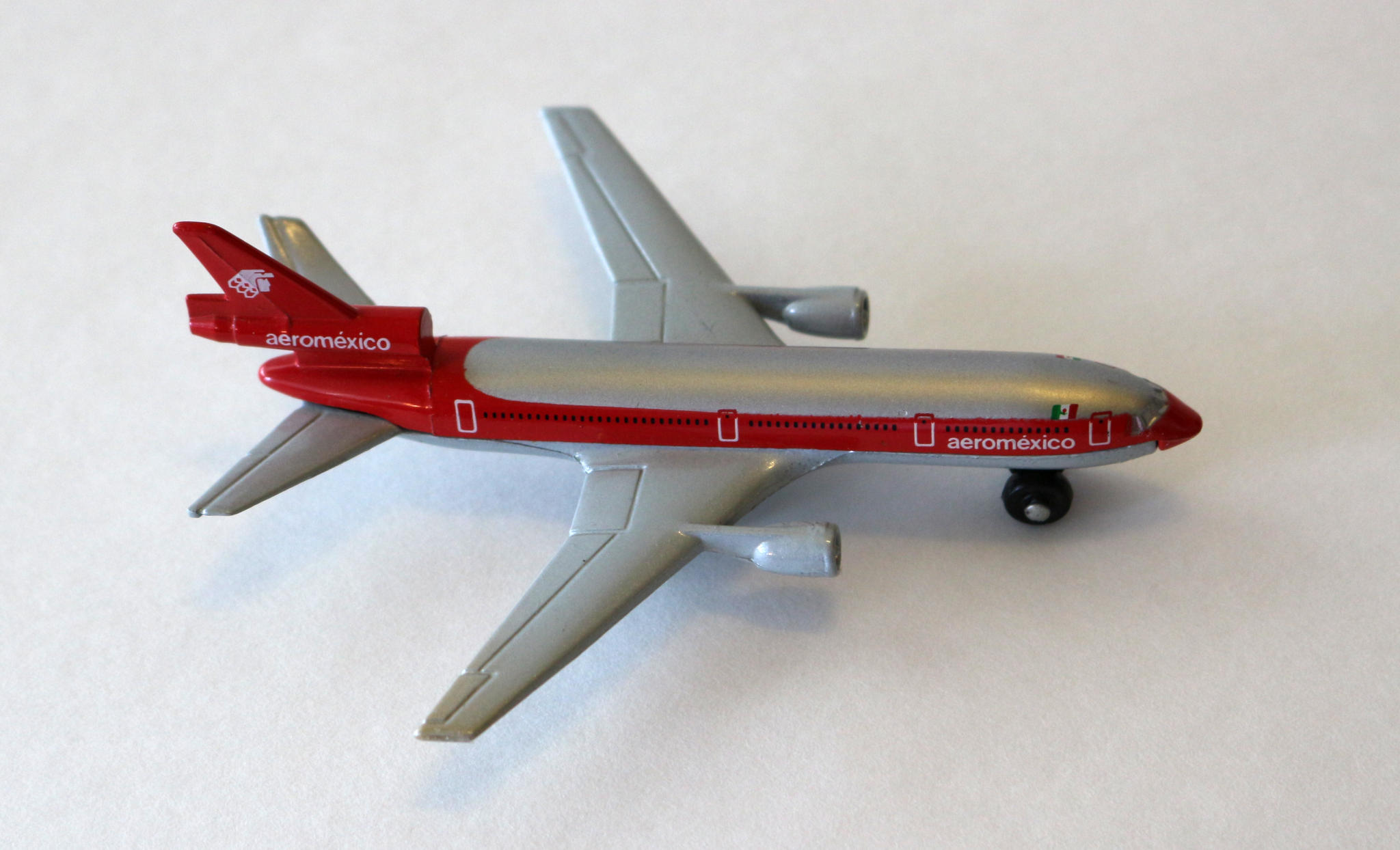
The mid-way step to now – the Lockheed L1011 and Douglas DC 10 both used this basic layout
(DC-10) 1970 – 875 KPH cruise – 9500 KM range
In 1964, the rules were relaxed to allow three engine extended operations – which is why the wide-body Lockheed Tristar and Douglas DC-10 were developed, hoping to maximize fuel efficiency per passenger mile.
In 1976, Airbus A300 twin-jets were the first to take full advantage of the ICAO 90 minute twin diversion rules for flights across the bay of Bengal and Indian ocean.
Despite much resistance, by the mid 80s, the FAA finally allowed an extension of ETOPS to 120 minute (engine-out) diversion time. TWA was the first American carrier to fly ETOPS commercially – inaugurating with a Boston to Paris flight in 1985, which stayed within 75 minute diversion of Newfoundland / Greenland / Ireland.
It wasn’t (and still isn’t) as simple as just looking at a type’s statistical record – ETOPS was always an especially demanding certification – requires a special-build model – with redundancy and safety features beyond those rigorous standards already required for normal safe operations.
You might think that the whole purpose was to save money, at the expense of safety – but while engine redundancy is comforting, the increased standards demanded to get ETOPS certification (and thus access to greater profit per mile at lower passenger cost) have arguably improved the standards of design across the board – since no one wants to build a modern commercial twin with ‘long legs’ (long range capability) which will not be eligible for ETOPS flights.
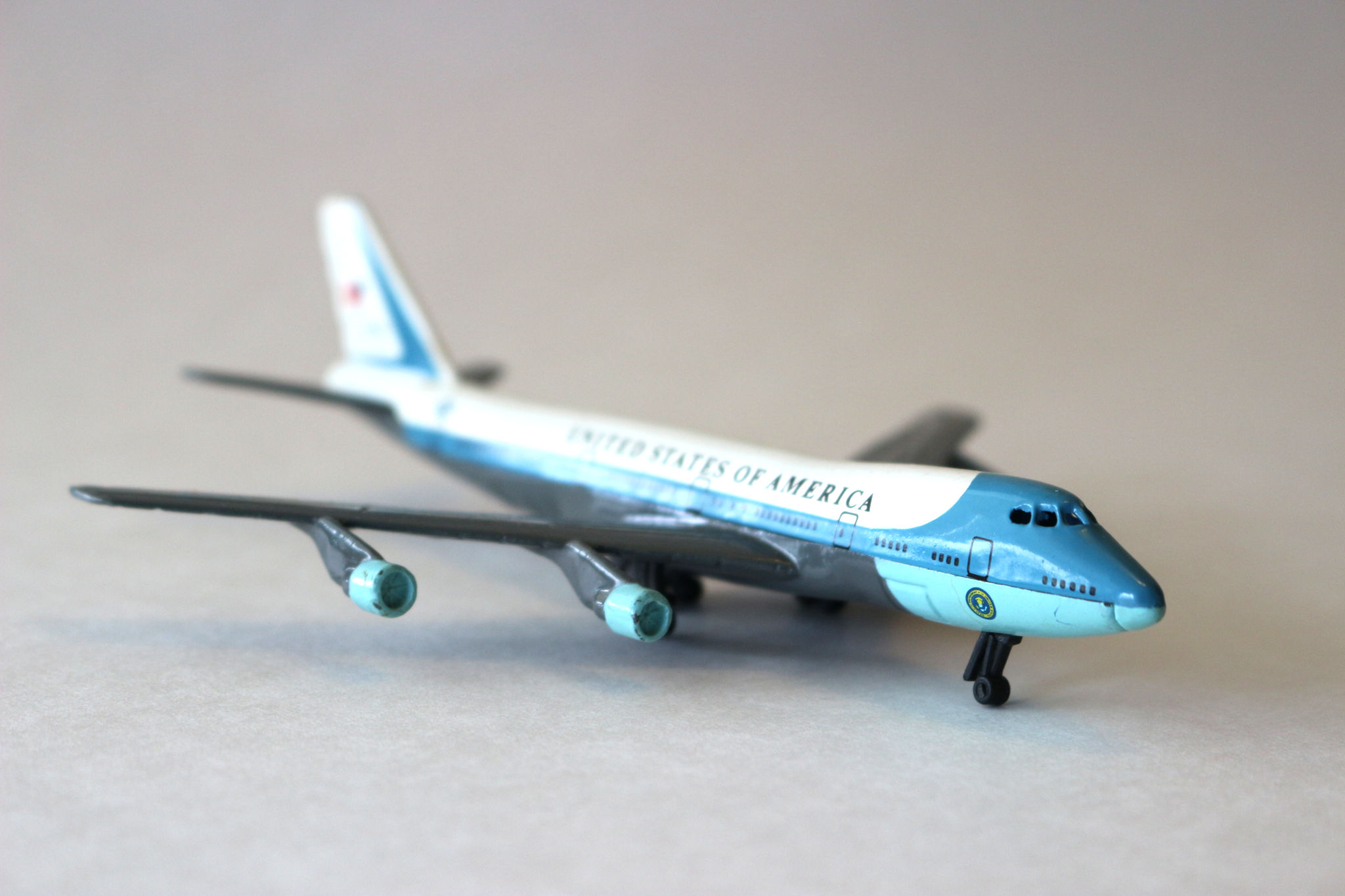
The world’s most famous version of the original Jumbo Jet – the trans-oceanic classic
Boeing 747 – 1969 – 900 KPH cruise – (up to) 14,300 Km range
There is also a definite fuel reduction per mile flown compared to the four-engine beasts – ecologically helpful. ETOPS proved so successful, commercially and safety-wise, that the range from a diversion airport (for certain approved twins) was raised to 180 minutes, and this regulation has not resulted in the trouble some predicted.
That being said – every flaw is crucial in an ETOPS twin, which makes the reports of problems with the engine fire-control switches on the spiffy new 787 Dreamliner more than a little worrisome. The system has failed in a “limited number of cases” – Boeing says it is a minor problem, and that fewer than one percent of the fire control switches have proved defective – but with new 180 minute ETOPS standards, as one worried pilot put it – “That means we could be stuck flying with a burning wing for three hours, before we could safely land.”
Even if we accept that most engineering people are by nature inclined to try their best to get every last detail correct (as I do, knowing several), there are still many businesspeople involved, and regulators also. The aerospace geeks don’t always get to do it their preferred way.
The question of whether the regulators of aircraft constructors have been doing their job well enough is also being asked just now, with a couple of terrifying recent crashes, where computers took over, ignoring the entirely sensible pilot control inputs, and effectively flew the planes into the ground.
The fact that the FAA “delegated” some of the evaluation tasks on the MAX model to Boeing itself because they simply lacked the expert staff (read: funding) to thoroughly evaluate such complex systems, is deplorable.
May be why Ethiopian airlines asked French aviation officials to examine the black boxes, and study their 737 MAX crash. It is hard to tell which parts of US regulation are still functioning effectively, despite many years of lobbyists, corporate encroachment, and also a huge number of empty senior management posts in this unprecedentedly chaotic administration.
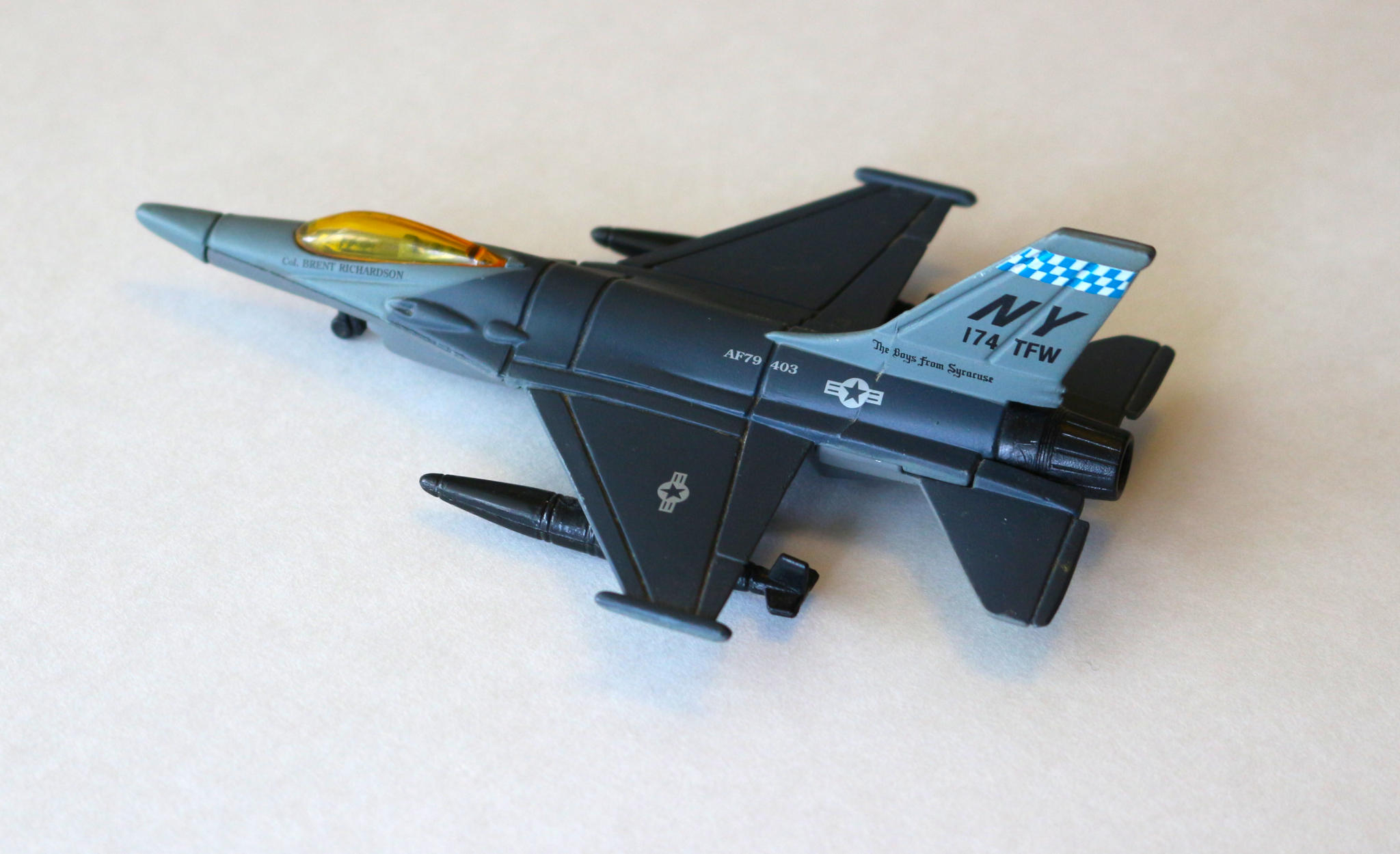
Learning to love the computer (and vice-versa)
General Dynamics F-16 (1978) first successful fly-by-wire aircraft program
To be sure – this is not the first time this sort of computer backtalk happened. There were many teething problems with the very first viable fly-by-wire aircraft program, the F-16 (no more cables, pulleys and hydraulics linking the muscles of the pilot, to the control-surfaces of the aircraft – instead control inputs go from pilot to computer, then the computer works the control-surfaces with remote motors) developed in the early 70s as a low cost (single engine) interceptor, with an eye for large scale NATO export sales (the new F-5). Variants still sell well to this day, all over the world.
Interestingly, the F-16 was also the first mass produced combat plane so well stressed for G-forces and so nimble (powerful and light) that the plane could cheerfully do maneuvers that would completely disable the pilot, without taking any damage at all! The computer had to be taught not to fly to the limit of the airframe, but instead, the soft-creature inside it (an entirely sensible rule, along Asimov lines).
Fly-by-wire technology came to commercial flying with the Airbus A320, which first flew in 1988 (830 KPH cruise – 6200 KM range). Almost 9000 A320s and sub-variants have been delivered to mid 2019, and just under 6000 more are on order – a well proven and very safe ship – but there was some public trepidation, and a nasty early accident was initially blamed on the fly-by-wire system. It turned out to be pilot error – even airline instructor pilots are not actually trained to do an airshow maneuver like a 100 ft ‘low slow and dirty’ pass, to best feed the awaiting cameras – they got sloppy, sank to forty feet at low speed and high AOA (angle of attack) and still only had 87% power on, when they hit the trees at the end of the runway. Back then, computers would not ever try to do anything more clever than the pilots told them to do!
Mind you – the later refinements of the F-16 software did introduce exactly this – a recovery system that would automatically set the plane to straight and level flight, if the computer realized it had got a tad overzealous in it’s maneuvers, and knocked-out it’s own driver! (I picture a wind-up alarm-clock with classic bells and spring-hammers) followed by a contrite computer voice. “Hello Dave, wakey wakey, sorry about that. We cool?”
——–
The Boeing 737 is also an incredibly successful and well-proven design (roughly ten thousand airframes, total), but it’s basic plan dates all the way back to 1967, and despite its excellent record, many are now asking whether it might be time for a blank-page approach (Boeing themselves studied this very question in detail).
The model just before the 737 MAX – the 737 NG, was first introduced in 1993 to compete with the A320 (which was eating up Boeing’s order book) – and it has proved itself safe and reliable, in many different variants. They made use of huge far more efficient high-bypass CFM56 turbofan engines (155 cm fan diameter) and even though these had a mere 46 cm ground clearance, it worked.
But the ultra efficient Airbus A320 Neo program (announced in 2010, operating in 2016) scared Boeing all over again – and the 737 MAX, first commercially flying in 2017, was their competitive answer.
The 737 MAX has newer (improveder) CFM LEAP-1B turbofan engines, with even bigger 176cm fan blades. I can’t find the ground clearance spec – but one can reasonably guess the poor buggers in the design office didn’t have much room to work with, and simply couldn’t put the things in their first-choice optimal spot.
These newest engines have a far greater diameter than the original noisy and wasteful engines from 1967 – but the landing gear was designed for those slim engines. This has forced Boeing to mount the much greater surface area engines well ahead of the wing, instead of slung underneath it – which means that at certain angles (AOA), that fat engine nacelle can interfere with the airflow across the wing in a nasty way.
The now infamous MCAS anti-stall system which allows the computer to override the pilots and push the nose down, when a sensor tells it to, and seems to have been at fault in both of the recent 737 crashes, simply was not needed on earlier versions of the aircraft, which didn’t have such fat forward mounted engines (half a century newer, than the basic low-stance airframe design).

Unspecified widebody twin jet – with perhaps questionable fly-by-wire system
Now of course Boeing is having some trouble – orders are much reduced, and large numbers of 737 MAXs already delivered, remain grounded. But the stock, though hit, has not tanked to the extent some expected.
My procurement reading helps here. Alongside the development of the super-efficient civilian 737 Max, Boeing has also been working on a military version of the 737, which, interestingly, still uses the slightly older proven reliable (NG style) engines – the long range naval patrol P-8 Poseidon.
The Poseidon program is going fantastically well, the Pentagon are quoted as being pleased as can be with their new airborne electronic platform, even though the P-8 was sold as a Naval Patrol aircraft to replace the venerable turboprop P-3 Orion, yet lacks it’s full suite of capabilities (despite having new tricks in abundance).
At introduction – Boeing actually proposed they simply move the equipment from the worn-out P-3s to the fancy new airframes with no upgrade – “to ensure operational continuity.” ;o) But not quite all the old gear, mind you.
The Magnetic Anomaly Detector (MAD) boom has been a key feature (odd looking arse-end protuberance) of naval patrol aircraft for decades now – sensing submarines, from the magnetic-field disturbances which they can’t help creating, simply because they are huge chunks of metal (at least, so far).
But in order to use a MAD boom, you have to be able to fly ‘low and slow’ over the surface of the water for ages. Ages, the P-8 can do – low and slow is not at all the high-altitude speed-cruise for which the craft (still a 737, after all) was designed. So – somehow, Boeing got the military to ‘delete the requirement’ for a MAD boom altogether – problem solved, even if they do miss a few subs!
—–
This was probably the point when the Japanese stopped being even slightly tempted to give up their own program to develop a completely independent (and mission-specialized) naval patrol aircraft – the Kawasaki P-1, for which they made some very interesting choices.
Four engines, for one thing – not because they didn’t trust ETOPS safety (though mission survivability is enhanced, to be sure), but so that they could arrive on station quickly, but then shut down two engines, for ultra-efficient long-endurance low and slow cruising. Not only did they include a modernized MAD array, they even innovated the world’s first ‘fly by light’ system, to quiet the electronic noise of the old fly by wire approach, and allow their sensors to be even more sensitive, without being overwhelmed by junk signals from the plane itself.
Very definitely thinking about the Chinese, Russian and Indian navy – all expanding and modernizing their blue water submarine fleets, steadily.
—–
I was a little curious to read that the Pentagon were delighted with the Boeing P-8, despite what would seem to be some important limitations, because of the selection of the 737NG, as the base-airframe for the program.
The reason seems to be that the new platform is very adaptable for all sorts of interesting surveillance and force-coordination tasks (the Japanese P-1 is also a great ad-hoc AWACS platform) – and has been designed to carry some of the most advanced radars and multiple ground (or sea) targeting systems ever deployed in the field, as convenient swap-out plug-in mission-packs.
The P-8 program is planned to run to roughly 15 billion dollars, and they are now pitching it to replace other aging surveillance ‘platforms’ as well.
They even have a proposal to make smaller patrol craft out of Bombardier Challenger Business jets – but not to replace the Canadian P-3 Orion fleet of course, only to supplement it, until we replace our P-3s with their P-8s!
What with all of that – their own, and also the many highly profitable military designs which Boeing acquired when it swallowed McDonnell-Douglas*, including the advanced missiles we too casually accept – which routinely cost hundreds of thousands, or sometimes even millions of dollars per shot – I think their stock will probably be fine over the long haul. Military spending remains crazy (fiddling through the burn).
Can’t help being humorously reminded of my favourite too-innocent looking corporation of all time (since severed, sadly) – good old Teledyne Water-Pick. What did they make? The second bit was both obvious and comforting – a familiar and widely loved home dental appliance – but also (shhh) NUCLEAR SUBMARINES!
¯\_(ツ)_/¯
*Bought-up for a song when MD’s stock collapsed after it failed to win one of only two competition-slots to bid for the “Joint Strike Fighter” the world’s most expensive single weapons program ever (a competition Boeing ended up losing to Lockheed anyhow – and Lockheed is still having incredible trouble delivering on – see below). Not just insane delays and cost overruns, but laughably low operational readiness rates on those few late, lame, overpriced planes which have been delivered. Can’t help thinking the innovative legacy design team from McDonnell especially, would have creamed them both handily on this admittedly tricky, three-mission universal-airframe assignment.)
Finally – a few links for fellow keeners, skeptics and curious geeks of all kinds:
Here’s the excellent Eric Margolis article on the 737MAX that I mentioned above (and bookmark his page – he routinely has detail and perspective on big stories that few others remember, or bother to find out – and fewer still dare to say aloud, if they do!)
Here’s an article about the most expensive weapons program in human history (fly-by-wallet, maybe?) and why it may never work at all
Here is a cool fellow with a keen interest in Boeing 737MAX aircraft production, great photos and details of each new ship – twitter may win me yet! ;o)
And here’s the best simultaneous gee-whiz/oh-no! site I know of – Space Daily – way more than you really want to know about money, war and tech.

